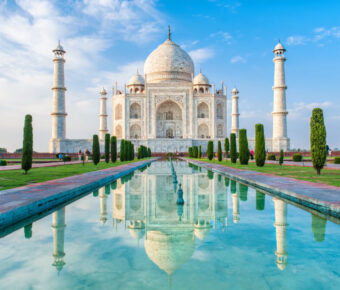Vienna vs Rome: Which European Capital Offers the Ultimate Cultural Getaway?
Vienna and Rome are two of Europe‘s most beloved cities. Both offer amazing history, culture, and food. But which one should you visit?
Rome edges out Vienna for most travelers thanks to its ancient ruins, world-famous art, and incredible food scene. The Eternal City has iconic sights like the Colosseum and Vatican that are hard to beat. Its pasta, pizza, and gelato are also tough to top.
Vienna has its own charms though. The Austrian capital dazzles with imperial palaces, classical music, and cozy coffee houses. It’s cleaner and less crowded than Rome too. Vienna is great for a refined city break, while Rome offers a more lively, chaotic Italian experience. In the end, you can’t go wrong with either city.
Contents
- Historical Overview
- Vienna’s Rich Past
- Rome: The Eternal City
- Comparing Historical Significance
- Cultural Insights
- Artistic Legacy of Vienna
- Rome’s Cultural Heritage
- Art and Music Venues
- Architectural Marvels
- Vienna’s Baroque Buildings
- Architectural Tours of Rome
- Local Gastronomy
- Flavors of Vienna
- Italian Cuisine in Rome
- Leisure and Nightlife
- Vienna’s Evening Entertainment
- Rome by Night
- Outdoor Attractions
- Green Spaces in Vienna
- Rome’s Open-Air Wonders
- Travel Logistics
- Navigating Vienna
- Transportation around Rome
- Accommodation and Lodging
- Staying in Vienna
- Rome’s Accommodation Options
- Seasonal Experiences
- Vienna throughout the Year
- Rome in Different Seasons
- Day Trips and Excursions
- Exploring beyond Vienna
- Adventures around Rome
- Shopping and Commerce
- Vienna’s Markets and Malls
- Retail Therapy in Rome
- Educational Opportunities
- Study in Vienna
- Learning in Rome
- Recreational Activities
- Fun in Vienna
- Entertainment in Rome
- Frequently Asked Questions
- What are the key differences in tourist attractions between Vienna and Rome?
- How does the cultural experience vary between Rome and Vienna?
- In terms of historical significance, how do Vienna and Rome compare?
- Can you compare the culinary experiences of Vienna and Rome?
- What contrasts are there in the public transportation systems in Vienna and Rome?
- How do the living standards in Vienna differ from those in Rome?
- More Travel Guides
Historical Overview
Vienna and Rome both boast incredible historical legacies that have shaped European culture for centuries. These two grand cities offer visitors a chance to step back in time and experience the remnants of powerful empires. Let’s explore their rich pasts and compare their historical significance.
Vienna’s Rich Past
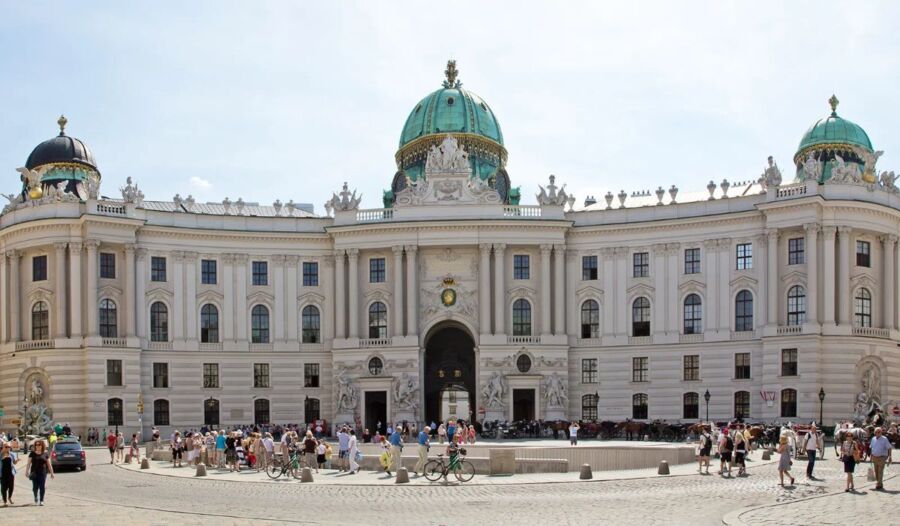
Vienna’s story starts with the Romans, who built a military camp called Vindobona in the 1st century AD. This camp grew into a thriving city over time. The real magic happened when the Habsburgs took control in the 13th century. They turned Vienna into the heart of their empire.
The Hofburg palace complex stands as a testament to Habsburg power. It grew from a medieval castle to a massive complex over 700 years. Visitors can see the imperial apartments, stunning art collections, and even the crown jewels.
Vienna shined brightest in the 18th and 19th centuries. It became a hub for music, art, and science. Mozart, Beethoven, and Freud all left their mark on the city during this golden age.
Rome: The Eternal City
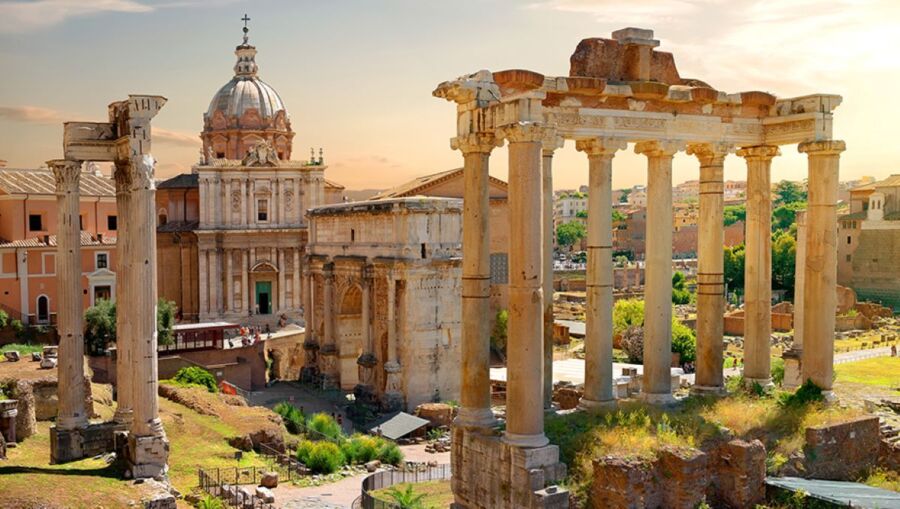
Rome’s history stretches back even further than Vienna’s. Legend says Romulus founded the city in 753 BC. From humble beginnings, Rome grew into the center of one of the ancient world’s most powerful empires.
The Roman Forum was the beating heart of ancient Rome. Here, people gathered to trade, worship, and debate. Today, visitors can walk among the ruins and imagine life 2,000 years ago.
The Colosseum stands as Rome’s most iconic landmark. This massive amphitheater could hold 50,000 spectators. Gladiators fought here, and exotic animals were put on display. It’s a powerful symbol of Rome’s past glory and engineering skills.
Comparing Historical Significance
Both Vienna and Rome played crucial roles in shaping European history, but in different ways. Rome’s influence spans a longer period, from ancient times through the Renaissance. Its ruins and art treasures attract millions of visitors each year.
Vienna’s golden age came later, during the Baroque period and the Age of Enlightenment. Its palaces and museums showcase a more recent, but equally important, chapter in European history.
Rome’s impact on law, government, and architecture is hard to overstate. Latin, the language of ancient Rome, influenced many modern European languages.
Vienna’s contributions to music, art, and science in the 18th and 19th centuries were huge. The city’s coffeehouses became centers of intellectual discourse, shaping modern thought.
Cultural Insights
Vienna and Rome offer rich cultural experiences that span centuries. Both cities have left an indelible mark on art, music, and architecture. Let’s explore the unique cultural tapestry of these iconic European capitals.
Artistic Legacy of Vienna
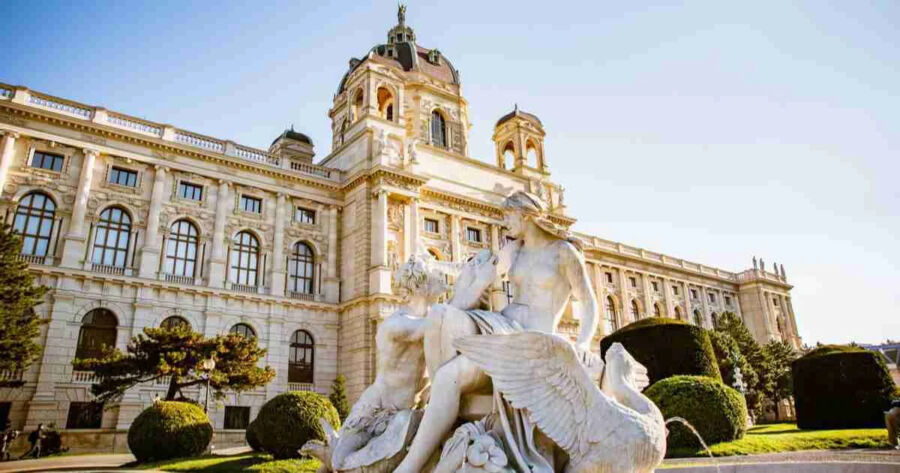
Vienna’s artistic soul shines through its grand palaces and museums. The city breathes music, with echoes of Mozart and Beethoven around every corner. The Kunsthistorisches Museum houses a jaw-dropping collection of masterpieces.
Visitors can spend hours gazing at works by Bruegel, Vermeer, and Raphael. The museum’s ornate architecture is a work of art itself.
Vienna’s coffee house culture is another artistic treat. These cozy spots have inspired writers and thinkers for generations. Sipping a melange while people-watching is a must-do cultural experience.
Rome’s Cultural Heritage
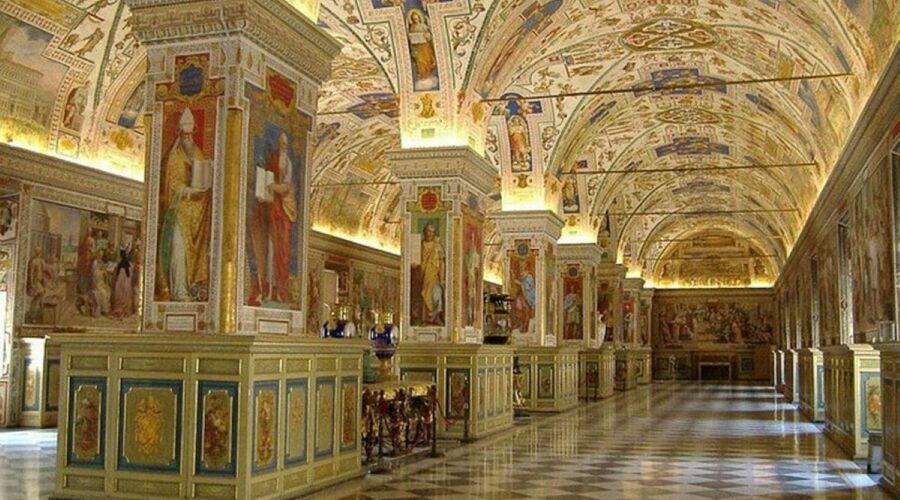
Rome’s cultural wealth is staggering. The city is an open-air museum, with ancient ruins next to Renaissance palaces. The Vatican Museums showcase centuries of artistic genius.
The Sistine Chapel‘s ceiling, painted by Michelangelo, leaves visitors in awe. The Pantheon, a feat of Roman engineering, still stands proud after 2000 years.
Rome’s food culture is just as rich as its art. Sampling authentic pasta dishes and gelato is a cultural journey for the taste buds. The city’s piazzas buzz with life, offering a glimpse into the laid-back Italian lifestyle.
Art and Music Venues
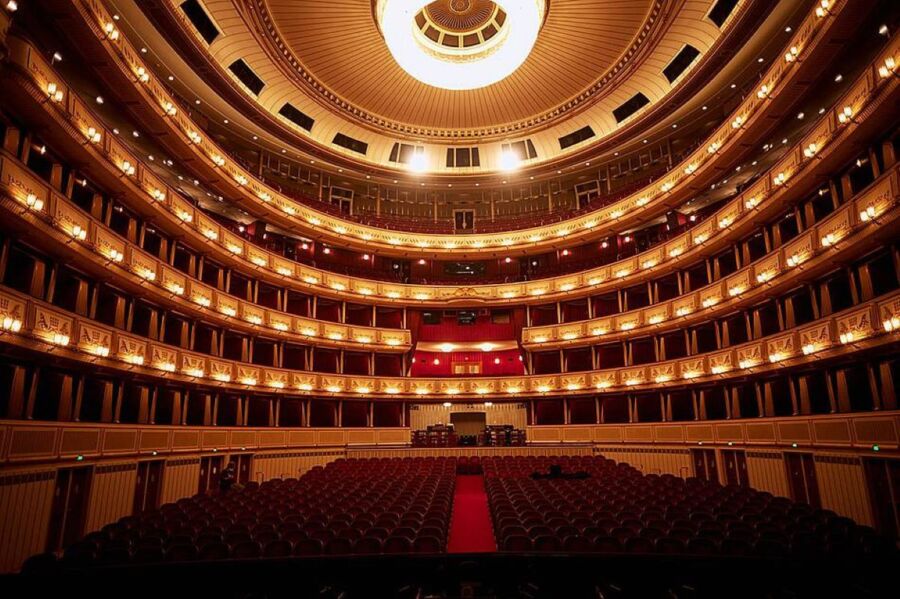
Both cities boast world-class venues for art and music lovers. Vienna’s State Opera House hosts top-notch performances in a stunning setting. The Belvedere palace showcases Gustav Klimt’s famous “The Kiss.”
Rome’s Teatro dell’Opera di Roma stages beautiful operas and ballets. The MAXXI museum celebrates contemporary art in a cutting-edge building.
Street performers add a lively touch to both cities. In Rome, you might stumble upon an impromptu concert in a piazza. Vienna’s Naschmarkt often features local musicians adding rhythm to your shopping trip.
Architectural Marvels
Vienna and Rome both boast incredible architectural treasures that span centuries. These cities are filled with stunning buildings that showcase different styles and eras, from ancient ruins to ornate palaces.
Vienna’s Baroque Buildings

Vienna is famous for its beautiful Baroque architecture. The city has lots of fancy buildings from the 1600s and 1700s. One of the best is Schönbrunn Palace. This huge yellow palace was built for the Habsburg rulers. It’s got over 1,400 rooms!
The palace grounds are just as amazing as the building itself. There are pretty gardens, fountains, and even a maze. Visitors can take tours inside to see the fancy rooms where royalty used to live.
Another must-see Baroque building in Vienna is St. Charles Church (Karlskirche). It’s got a big green dome and two tall towers. The church looks super impressive, especially at night when it’s all lit up.
Architectural Tours of Rome
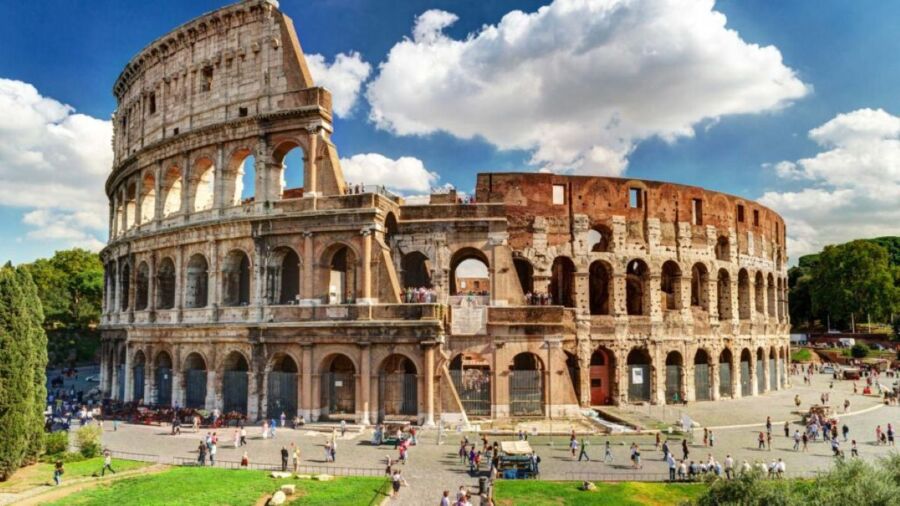
Rome is packed with cool old buildings from ancient times. The Colosseum is probably the most famous. This huge arena is almost 2,000 years old! It’s where gladiators used to fight. Even though parts of it have fallen down over time, it’s still an awesome sight.
The Pantheon is another ancient Roman building that’s still standing. It’s got a big dome roof with a hole in the middle. The Romans built it as a temple to all their gods.
For something newer (but still really old), check out St. Peter’s Basilica in Vatican City. This massive church took over 100 years to build. It’s got beautiful art inside, like Michelangelo’s Pietà statue.
Rome also has cool buildings from other time periods. There are Renaissance palaces, Baroque fountains, and even some modern architecture mixed in.
Local Gastronomy
Vienna and Rome both offer amazing food scenes that reflect their rich culinary traditions. Each city has its own unique flavors and specialties that are sure to delight food lovers.
Flavors of Vienna

Vienna’s food is hearty and satisfying. The city is famous for its Wiener Schnitzel – a thin, breaded veal cutlet that’s crispy on the outside and tender inside. It’s usually served with potato salad or fries.
Coffee culture is huge in Vienna. The city’s cafes serve up rich coffee drinks along with delicious pastries like apple strudel and Sachertorte chocolate cake. For a quick snack, try a käsekrainer (cheese-filled sausage) from a street vendor.
Restaurants in Vienna range from cozy taverns to fancy dining rooms in palaces. Many places offer outdoor seating in charming courtyards during warm weather. The food scene mixes traditional Austrian dishes with modern takes on classics.
Italian Cuisine in Rome
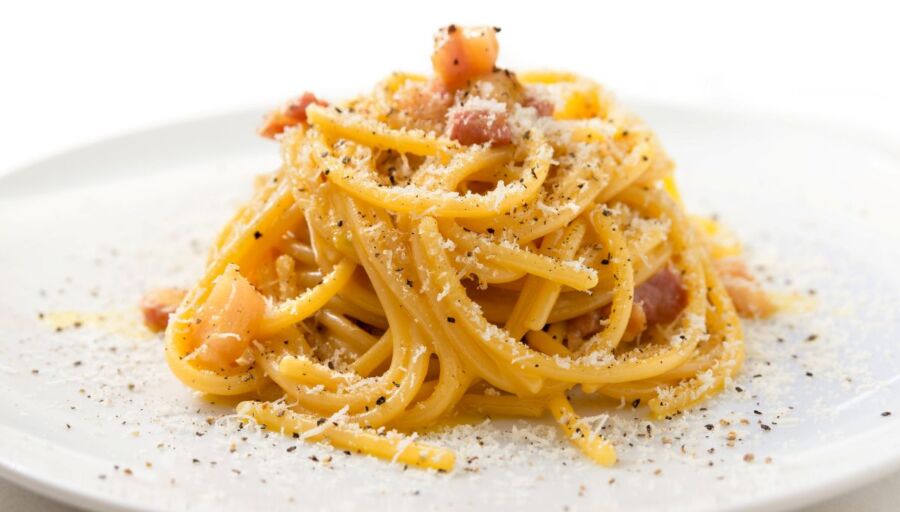
Rome is a foodie’s paradise. The city is known for simple but flavorful pasta dishes like carbonara and cacio e pepe. Pizza in Rome has a thin, crispy crust and is often sold by weight from takeout spots.
Gelato is a must-try treat. Rome’s gelaterias serve up creamy flavors like pistachio, stracciatella, and seasonal fruit. For a savory snack, grab some suppli (fried rice balls) or a slice of pizza al taglio.
Eating in Rome is all about fresh ingredients and time-honored recipes. Meals are meant to be enjoyed slowly. Restaurants range from casual trattorias to Michelin-starred spots. Don’t miss the chance to dine al fresco in a bustling piazza on a warm evening.
Leisure and Nightlife
Vienna and Rome both offer exciting nightlife scenes, but with distinct flavors. From classy music venues to lively bars, these cities come alive after dark.
Vienna’s Evening Entertainment

Vienna’s nightlife is a mix of refined and relaxed. The city’s famous coffee houses stay open late, perfect for a quiet evening chat. Music lovers can catch concerts at the State Opera House or enjoy jazz clubs in the Innere Stadt.
For drinks, head to the Naschmarkt area. It’s packed with trendy bars and restaurants. The Bermuda Triangle district is another hotspot, with pubs and clubs open till the wee hours.
Don’t miss the Prater amusement park at night. The giant Ferris wheel lights up, creating a magical atmosphere. It’s a fun spot for both kids and adults.
Rome by Night
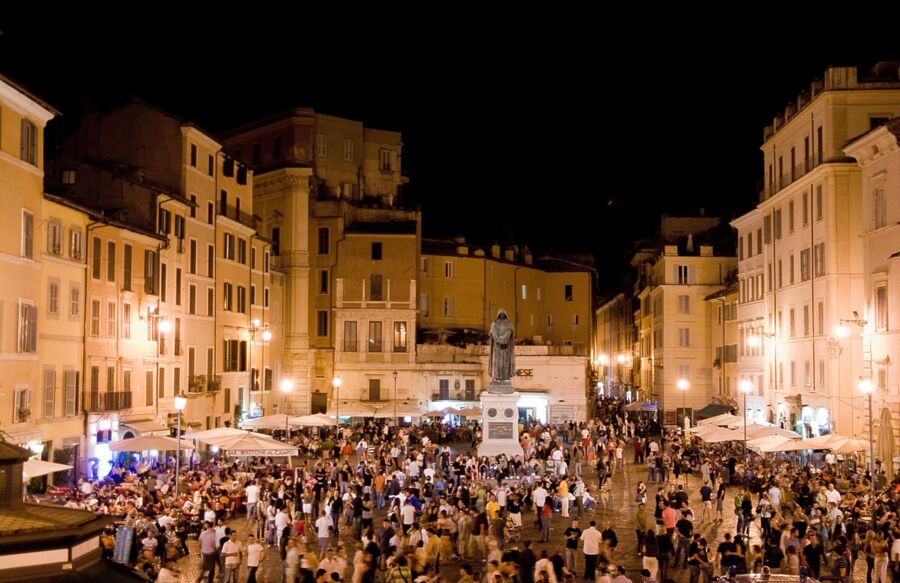
Rome’s nightlife is vibrant and diverse. The Trastevere neighborhood is a favorite among locals and tourists alike. Its narrow streets are lined with charming bars and restaurants that spill out onto the sidewalks.
For a more upscale experience, try the rooftop bars in the historic center. They offer stunning views of the city’s landmarks. The Campo de’ Fiori area transforms from a daytime market to a lively nighttime hangout.
Rome’s clubs come in all shapes and sizes. From small indie venues to massive discos, there’s something for everyone. Many spots stay open until sunrise, so pace yourself!
Food is a big part of Rome’s nightlife. Late-night pizzerias and gelaterias are perfect for refueling after dancing. For a truly Roman experience, join the locals for a passeggiata (evening stroll) along the Tiber River.
Outdoor Attractions
Vienna and Rome both offer stunning outdoor spaces to explore. From grand parks to ancient ruins, these cities provide plenty of opportunities to enjoy the fresh air and soak in history.
Green Spaces in Vienna

Vienna boasts beautiful parks and gardens perfect for relaxing strolls. The Stadtpark is a local favorite, with winding paths and a golden statue of Johann Strauss. For a royal experience, the Schönbrunn Palace gardens are a must-see. These manicured grounds stretch for miles and include hidden fountains and a maze.
Nature lovers shouldn’t miss the Donauinsel, an island in the Danube River. It’s great for picnics, swimming, and biking along the water. The Prater park offers a mix of green space and fun, with its famous Ferris wheel and amusement park.
Rome’s Open-Air Wonders

Rome’s outdoor attractions blend nature with ancient history. The Roman Forum is an open-air museum where visitors can wander among ruins of temples and government buildings. Nearby, the Palatine Hill offers shady paths and sweeping views of the city.
For a lively atmosphere, head to Piazza Navona. This bustling square features stunning Baroque fountains and is perfect for people-watching. The iconic Trevi Fountain is another must-see, though it can get crowded.
Villa Borghese provides a peaceful escape from the busy city. This large park has boat rentals on its lake and houses several museums. It’s a great spot for a picnic or a leisurely bike ride.
Travel Logistics
Getting around Vienna and Rome involves different systems and considerations. Both cities offer unique experiences for travelers exploring their historic streets and landmarks.
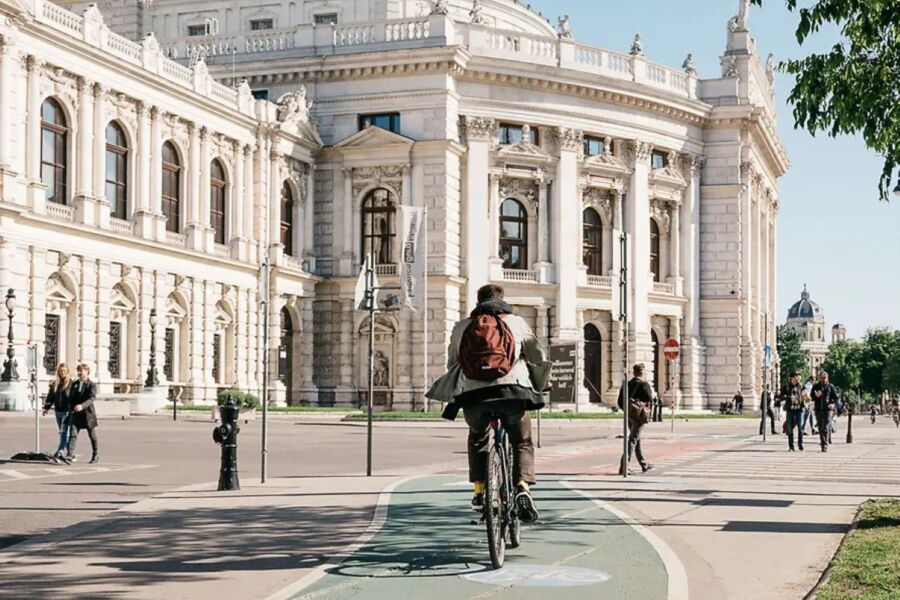
Vienna’s public transit is top-notch. The U-Bahn (subway) covers most tourist spots quickly. Trams and buses fill in the gaps. Many visitors find Vienna very walkable, especially in the historic center. The city’s layout is pretty straightforward, making it easy to explore on foot.
Bikes are popular too. You’ll see lots of bike lanes and rental stations around town. For day trips, trains from the main station can whisk you to nearby attractions. KAYAK can help you find good deals on transportation if you’re planning to venture outside the city.
Transportation around Rome

Rome’s public transit isn’t as smooth as Vienna’s, but it gets the job done. The Metro has only three lines, so buses pick up the slack. Traffic can be crazy, so leave extra time when using buses.
Walking is often the best way to see Rome’s sights. Many attractions are close together in the historic center. Comfy shoes are a must – cobblestones are tough on feet!
Taxis are plentiful but can be pricey. Watch out for unofficial cabs. For trips to places like the Vatican, the Metro is usually your best bet. It drops you right near St. Peter’s Square.
Accommodation and Lodging
Finding the right place to stay can make or break your trip. Vienna and Rome both offer a range of options to suit different budgets and preferences.
Staying in Vienna
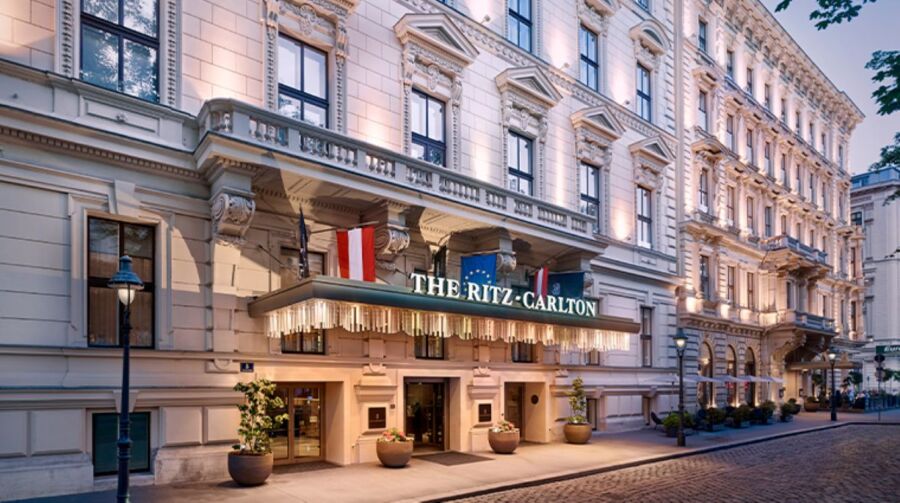
Vienna’s accommodations cater to all types of travelers. Luxury seekers can indulge in opulent hotels like the Hotel Sacher, famous for its chocolate cake. Budget-conscious folks might prefer cozy guesthouses or budget-friendly hotels in quieter neighborhoods.
For families, apartment rentals are a great choice. They offer more space and kitchen facilities, perfect for those traveling with kids. Many apartments are located near parks and family-friendly attractions.
Backpackers will find clean and social hostels scattered throughout the city. These often organize group activities, making it easy to meet fellow travelers.
Vienna’s public transport is efficient, so staying outside the city center can save money without sacrificing convenience.
Rome’s Accommodation Options

Rome’s lodging scene is diverse and exciting. From charming B&Bs in historic buildings to swanky hotels near famous landmarks, there’s something for everyone.
Budget travelers can find affordable hostels in lively neighborhoods like Trastevere. These areas are great for soaking up local culture and nightlife.
Families might prefer staying in quieter residential areas like Prati. Here, you’ll find spacious apartments and family-run hotels with a more laid-back vibe.
For a splurge, book a room with a view of the Colosseum or Spanish Steps. These prime locations come at a premium but offer unforgettable experiences.
Rome’s popularity means accommodations can fill up fast, especially during peak season. Booking early is key to snagging the best deals and locations.
Seasonal Experiences
Vienna and Rome offer distinct charms throughout the year. Each city’s unique seasonal activities and events create memorable experiences for visitors.
Vienna throughout the Year

Winter in Vienna is magical. The city transforms into a winter wonderland with twinkling Christmas markets. Visitors can sip hot mulled wine and nibble on roasted chestnuts while browsing handmade crafts.
Spring brings new life to Vienna’s parks and gardens. The famous Schönbrunn Palace grounds burst with colorful blooms. It’s the perfect time for picnics and leisurely strolls.
Summer in Vienna means outdoor concerts and festivals. Music fills the air in parks and squares across the city. Many events are free, making it easy to soak up Vienna’s cultural scene.
Fall paints Vienna in golden hues. It’s ideal for cozy cafe visits and museum tours. The crisp air makes exploring the city on foot a pleasure.
Rome in Different Seasons
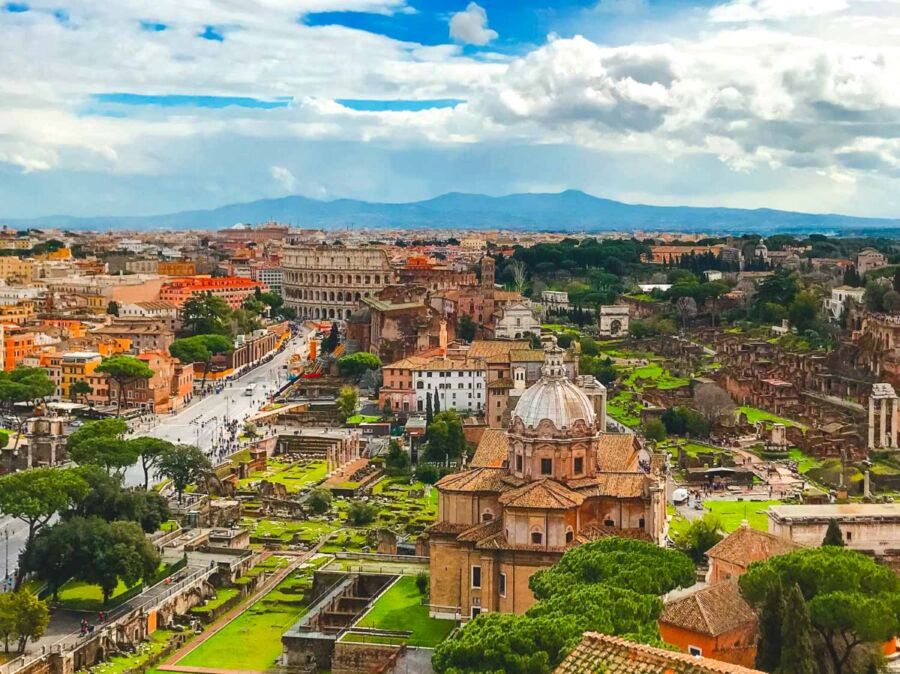
Spring is arguably the best time to visit Rome. The weather is mild, and crowds are smaller than in summer. Flowers bloom in the city’s parks and ancient ruins, creating picture-perfect scenes.
Summer in Rome is hot and busy. But it’s also lively, with outdoor concerts and events. Visitors can cool off with gelato breaks and evening strolls along the Tiber River.
Fall brings cooler temperatures and fewer tourists to Rome. It’s a great time to explore outdoor attractions without the summer heat. The changing leaves in Villa Borghese park are a beautiful sight.
Winter in Rome is mild compared to many European cities. Christmas decorations light up the streets, and nativity scenes appear across the city. It’s a festive time to visit, with smaller crowds at major attractions.
Day Trips and Excursions
Both Vienna and Rome offer fantastic opportunities to explore beyond the city limits. From charming towns to scenic landscapes, there’s plenty to discover on day trips from these iconic capitals.
Exploring beyond Vienna
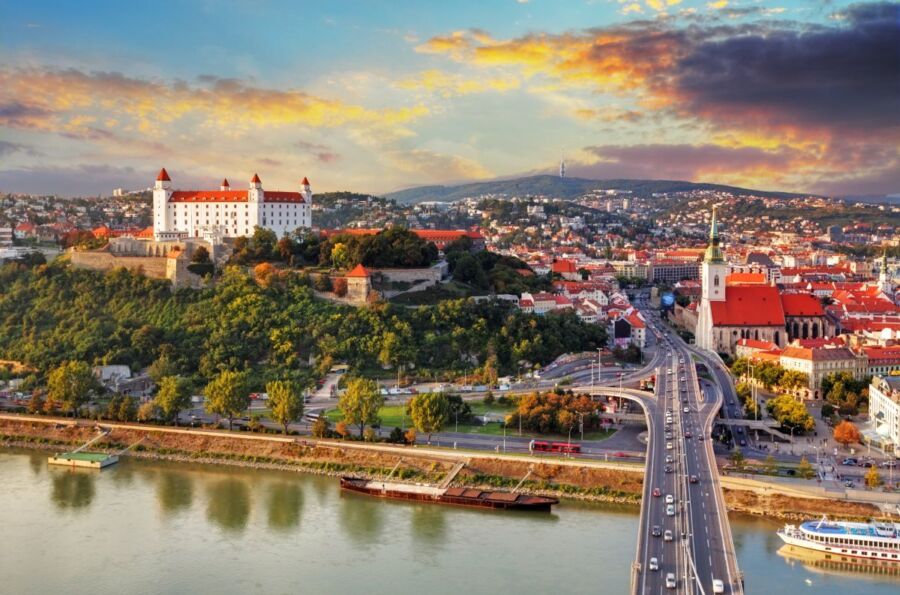
Vienna’s location makes it perfect for quick getaways. Salzburg, Mozart’s birthplace, is just a 2.5-hour train ride away. This picturesque city is famous for its baroque architecture and “The Sound of Music” tours.
For nature lovers, the Vienna Woods are right on the city’s doorstep. You can hike through lush forests and visit quaint villages like Baden, known for its thermal springs.
Want to cross borders? Bratislava, Slovakia’s capital, is only an hour away by train or boat. It’s a small city with a charming old town and a hilltop castle.
Adventures around Rome
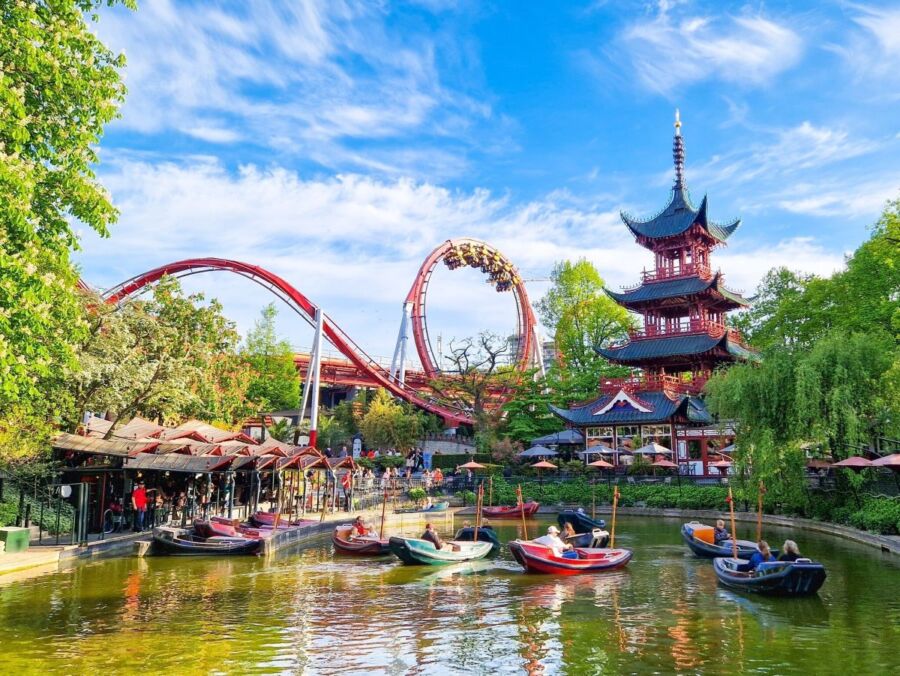
Rome is surrounded by amazing destinations. The ancient ruins of Pompeii are a must-see. This well-preserved Roman city, buried by Mt. Vesuvius in 79 AD, is about 2 hours away by train.
Closer to Rome, you’ll find Tivoli. It’s home to two UNESCO World Heritage sites: Villa d’Este with its stunning gardens and fountains, and Hadrian’s Villa, a vast complex of Roman ruins.
Beach lovers can head to Sperlonga, a pretty coastal town about an hour south of Rome. It has beautiful beaches and a charming historic center.
For a taste of Tuscan charm, Florence is just 1.5 hours away by high-speed train. You can admire world-famous art and enjoy delicious Tuscan cuisine on a day trip.
Shopping and Commerce
Vienna and Rome both offer unique shopping experiences. Each city has its own distinct retail scene, from bustling markets to high-end boutiques. Let’s explore the shopping options in these European capitals.
Vienna’s Markets and Malls
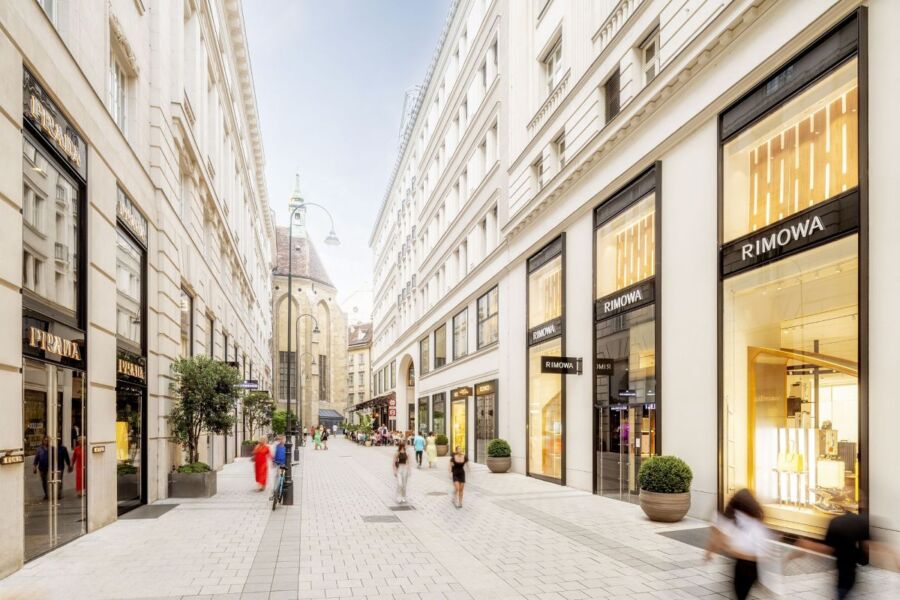
Vienna’s shopping scene blends old-world charm with modern retail. The Naschmarkt is a must-visit spot. It’s an open-air market with over 100 stalls selling fresh produce, spices, and local treats. Shoppers can grab a quick bite while browsing.
For a more upscale experience, the Goldenes Quartier is the place to go. This area is home to luxury brands like Chanel and Louis Vuitton. The Mariahilfer Strasse is Vienna’s longest shopping street. It’s packed with both international chains and local shops.
Mall lovers will enjoy the Donau Zentrum. It’s one of the biggest shopping centers in Austria. The mall has over 250 stores, a cinema, and plenty of dining options.
Retail Therapy in Rome

Rome’s shopping scene is a mix of high fashion and local craftsmanship. The famous Via del Corso is a shopper’s paradise. This long street is lined with stores ranging from affordable brands to designer boutiques.
For a taste of luxury, the Via Condotti is the spot. It’s home to Italian fashion houses like Gucci and Prada. The area around the Spanish Steps is also great for high-end shopping.
Rome’s markets are a treat for bargain hunters. The Porta Portese flea market is huge and sells everything from antiques to clothes. It’s open on Sundays and is perfect for finding unique souvenirs.
Campo de’ Fiori is another market worth checking out. It’s known for fresh produce, flowers, and local specialties. Shoppers can pick up some Italian delicacies to take home.
Educational Opportunities
Vienna and Rome offer unique learning experiences steeped in history and culture. Both cities boast prestigious universities and rich academic traditions that attract students from around the world.
Study in Vienna
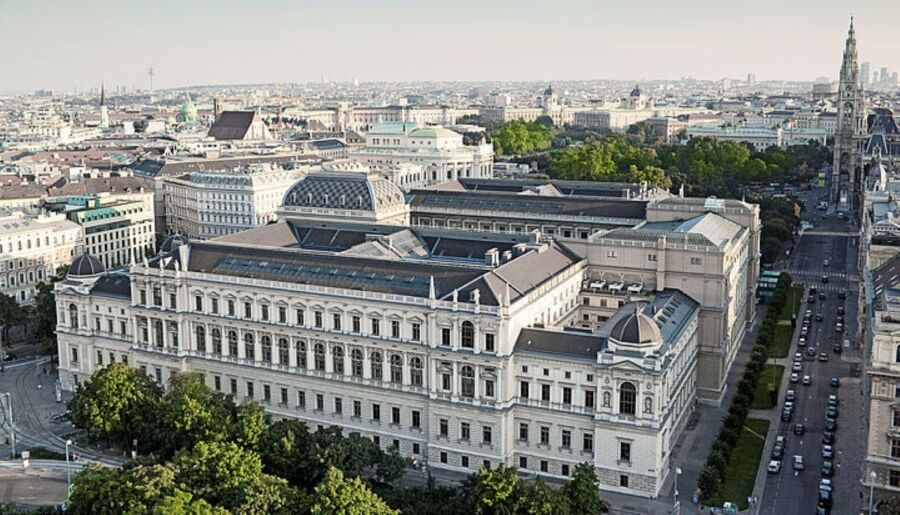
Vienna’s universities are known for their high-quality education and research. The University of Vienna, founded in 1365, is one of Europe’s oldest and largest universities. It’s home to over 90,000 students and offers a wide range of programs in German and English.
Vienna’s other notable institutions include the Vienna University of Technology and the Medical University of Vienna. These schools are at the forefront of innovation and scientific research.
The city’s imperial architecture serves as a stunning backdrop for learning. Students can explore palaces and museums between classes, soaking up centuries of history.
Vienna’s central location in Europe makes it easy for students to travel and experience other cultures during their studies.
Learning in Rome
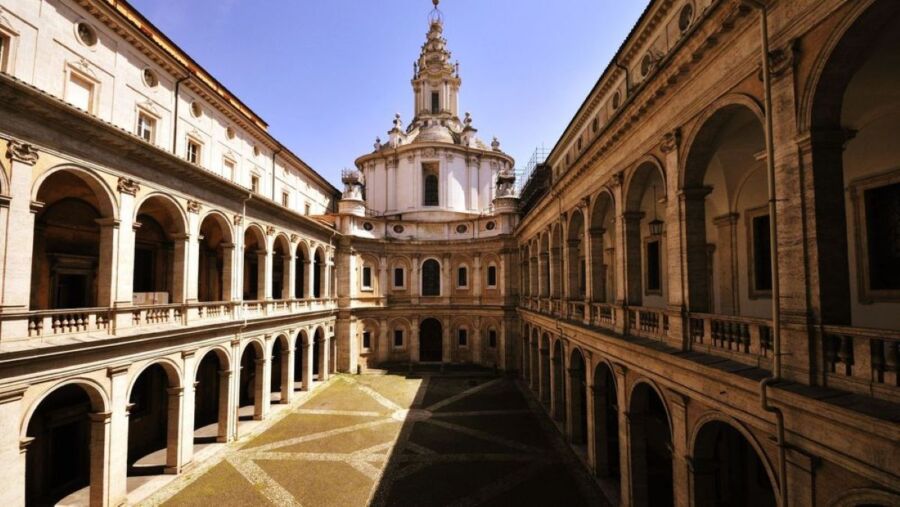
Rome’s educational scene is steeped in ancient history. The city is home to La Sapienza University, founded in 1303 and one of the largest in Europe. It’s known for its programs in classics, archaeology, and art history.
Students in Rome have the unique opportunity to study among ancient ruins. The Roman Forum and Colosseum become outdoor classrooms for history and architecture students.
The Vatican City, nestled within Rome, offers rare access to religious studies and art history programs. Students can explore the Vatican Museums and Sistine Chapel as part of their coursework.
Rome’s vibrant culture and delicious cuisine add to the learning experience. Students can practice their Italian at local markets and cafes, immersing themselves in the language and way of life.
Recreational Activities
Vienna and Rome offer a wide range of fun activities for visitors. Both cities have unique entertainment options that cater to different interests and age groups.
Fun in Vienna
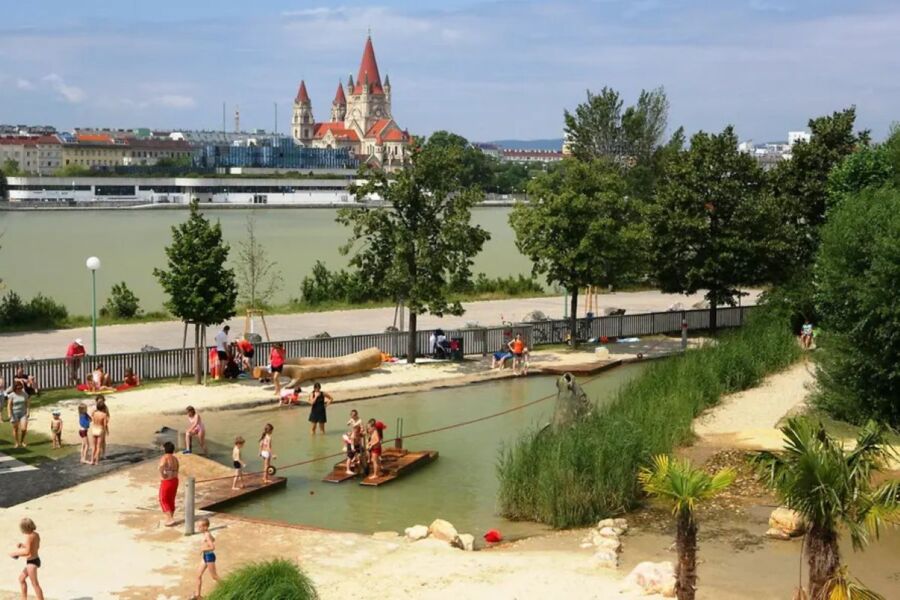
Vienna’s got plenty to keep you busy. The city’s famous Prater amusement park is a blast for kids and adults alike. It’s got a giant Ferris wheel and tons of rides. Don’t miss the chance to take a spin!
For a chill day out, head to the Danube Island. It’s great for picnics, bike rides, and swimming in summer. The island has playgrounds for the little ones too.
Music lovers can catch a show at the State Opera House. They sometimes have standing room tickets that are super cheap. It’s a cool way to experience Vienna’s classical music scene without breaking the bank.
Nature fans should check out the Vienna Woods. These forests on the edge of the city are perfect for hiking and enjoying some fresh air. You might even spot some local wildlife!
Entertainment in Rome
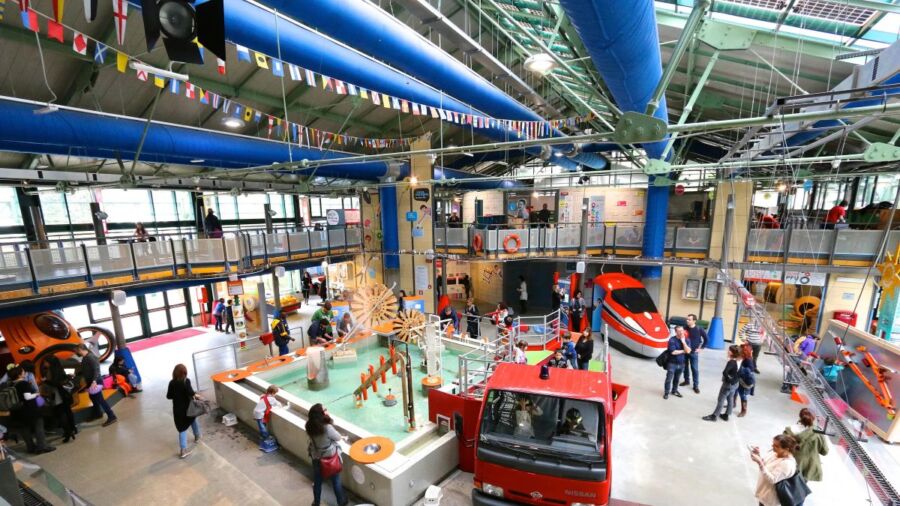
Rome’s packed with exciting things to do. The Borghese Gardens are a favorite spot for both locals and tourists. You can rent bikes, row boats, or just relax in the shade. It’s a nice break from all the sightseeing.
For a fun family outing, try Explora Children’s Museum. Kids can learn through play with hands-on exhibits. It’s educational and entertaining at the same time.
Beach lovers should head to Ostia, Rome’s closest beach town. It’s just a short train ride away. You can soak up the sun, swim, and enjoy some tasty seafood.
Movie buffs might enjoy a visit to Cinecittà World. This theme park is all about Italian cinema. It’s got rides, shows, and sets inspired by famous films. It’s a bit different from your typical Roman holiday!
Frequently Asked Questions
Vienna and Rome offer distinct experiences for travelers. Each city has its own unique charms, from attractions to cuisine to culture.
What are the key differences in tourist attractions between Vienna and Rome?
Rome’s ancient ruins like the Colosseum and Roman Forum take you back thousands of years. Vienna’s main sights focus more on imperial grandeur. Think palaces like Schönbrunn and museums filled with fine art.
Rome has tons of churches to check out. St. Peter’s Basilica is a must-see. Vienna’s got some nice churches too, but they’re not as famous as Rome’s.
How does the cultural experience vary between Rome and Vienna?
Rome’s vibe is lively and chaotic in a fun way. People eat late, talk with their hands, and zip around on scooters. Vienna feels more formal and orderly. Locals are polite but a bit reserved.
Music is a big deal in Vienna. You can catch world-class opera and classical concerts. Rome has great music too, but it’s not as central to the city’s identity.
In terms of historical significance, how do Vienna and Rome compare?
Rome was the heart of the Roman Empire for centuries. You can’t walk two steps without tripping over ancient history. Vienna was the capital of the Habsburg Empire. Its heyday was more recent – think 18th and 19th centuries.
Both cities shaped European history in major ways. Rome’s influence goes back further in time. Vienna’s power peaked closer to the modern era.
Can you compare the culinary experiences of Vienna and Rome?
Italian food is world-famous, and Rome is a great place to try it. Pizza, pasta, and gelato are everywhere. The coffee culture is also amazing. Vienna has its own food gems. Wiener schnitzel, apple strudel, and Sachertorte are local faves.
Rome’s food scene is more casual. You can grab a slice of pizza on the go. Vienna dining tends to be a bit fancier. Coffeehouses are a big part of the culture there.
What contrasts are there in the public transportation systems in Vienna and Rome?
Vienna’s public transport is super efficient. The metro, trams, and buses run like clockwork. Rome’s system can be a bit messier. Buses don’t always stick to schedules. The metro is good but doesn’t cover as much of the city.
Both cities have areas that are great for walking. Vienna feels more spread out, while Rome’s historic center is pretty compact.
How do the living standards in Vienna differ from those in Rome?
Vienna often ranks as one of the world’s most livable cities. It’s clean, safe, and has great public services. On the other hand, Rome can feel a bit more chaotic. There are issues with trash collection and traffic.
Housing costs are high in both places. However, Vienna has better rent control, which helps locals. Meanwhile, Rome’s rental market can be tough for residents to navigate.

